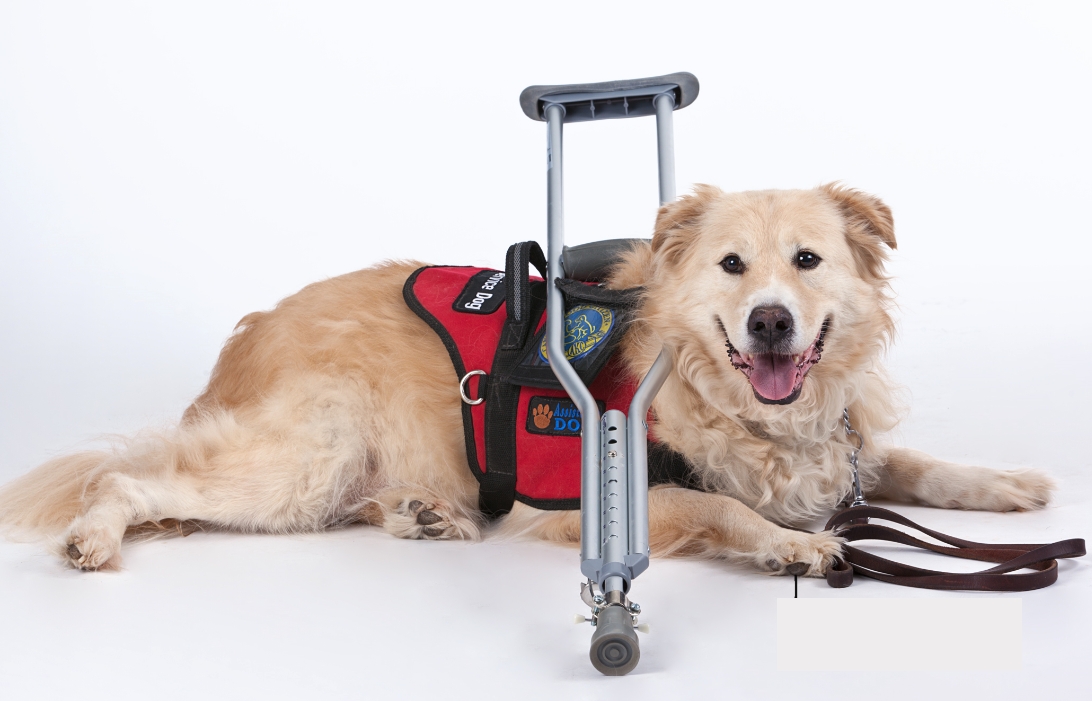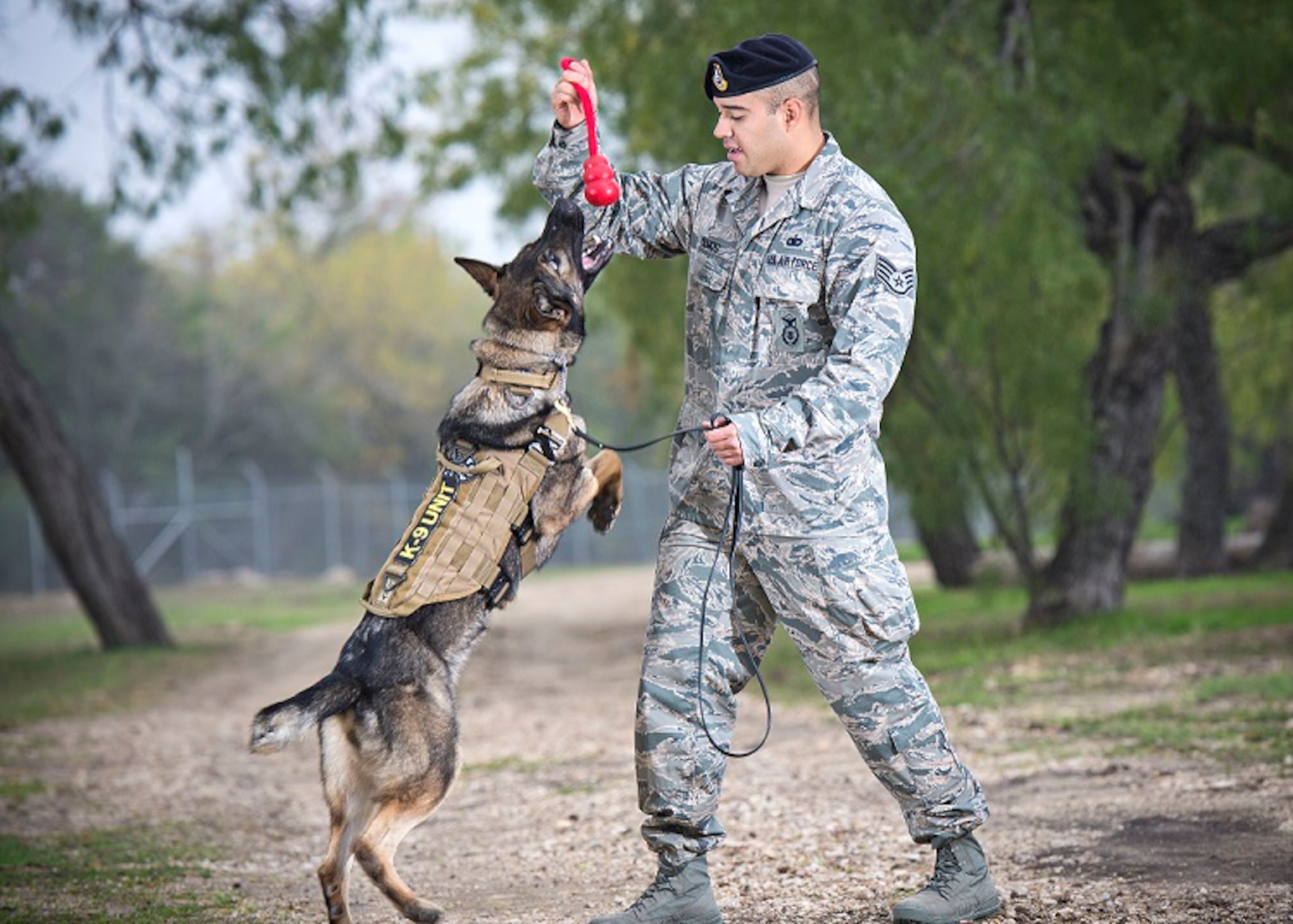Beginner's Guide to Successful Pet Dog Training in the house
Efficiently educating a dog in the house needs a nuanced understanding of canine behavior and effective interaction strategies. Establishing clear training goals, using high-grade benefits, and keeping consistency throughout relative are vital elements. Incorporating training into day-to-day regimens can improve both involvement and retention. Numerous novice instructors run into obstacles that may impede progression. To navigate these intricacies efficiently, it's crucial to explore several key aspects that can change your technique and bring about a harmonious connection with your family pet. What essential principles should every novice understanding to ensure success?
Recognizing Pet Dog Habits
Understanding pet dog behavior is necessary for reliable training and fostering an unified partnership between humans and their canine companions - Puppy Training. Canines communicate mainly via body movement, vocalizations, and faces, making it critical for owners to translate these signals accurately. Identifying actions such as tail wagging, grumbling, or trembling can offer understandings right into a pet dog's emotion and purposes
Furthermore, understanding the natural instincts of canines, such as their pack mentality, assists owners establish management duties within the home. This is essential for producing a structured setting where pets really feel secure and are much more receptive to training. Dogs are also affected by their socialization experiences; very early direct exposure to different environments, individuals, and other pets can considerably shape their behavior later on in life.
Usual behavior issues, such as aggressiveness, anxiousness, or extreme barking, often originate from misconceptions or unmet requirements. Observing and addressing these concerns without delay can avoid rise and make certain a positive training experience. By promoting a deep understanding of pet actions, proprietors can tailor their training approaches to suit their canine companions, inevitably bring about a mannerly and contented pet.

Necessary Educating Tools
A well-appointed training space can considerably improve the effectiveness of pet training in the house. Vital training devices guarantee that both the instructor and the pet dog can engage in effective sessions that foster discovering and bonding.

Investing in a sturdy chain and a comfortable, well-fitting collar or harness is essential for safety and security and control. These tools assist develop limits and ensure the pet dog continues to be secure throughout training. In addition, a marked training area, without disturbances, aids concentration for both the pet dog and the instructor.
Training aids such as training pads, cones, or agility equipment can likewise enhance the experience by presenting variety and challenges. Lastly, having a note pad or digital app for tracking progression can be important, allowing you to note successes and locations for improvement. Using these important tools will certainly produce a positive training atmosphere and lay the foundation for reliable discovering.
Producing an Educating Regimen
Establishing a consistent training routine is important for effective pet dog training at home. A well-structured regular not just helps in enhancing preferred actions but also provides your canine with a complacency and predictability. To create an effective training regular, begin by identifying certain training objectives, such as basic commands, leash walking, or housebreaking.
Choose a marked time daily for training sessions, preferably when your dog is alert and receptive. Procedure needs to be short, roughly 5 to 15 mins, to preserve emphasis and prevent tiredness. Consistency in timing and environment will certainly improve your dog's knowing experience.
Integrate training right into everyday tasks to strengthen abilities. Method commands during walks or nourishment, which incorporates learning into all-natural routines. Furthermore, remain flexible and readjust the regular as needed, suiting your pet's power degrees and mood.
Positive Reinforcement Methods

When applying favorable reinforcement, it is necessary to select rewards that are inspiring for your pet. High-value deals with, such as tiny items of chicken or cheese, can be particularly efficient throughout training sessions. In addition, differing the rewards can keep your canine's rate of interest and excitement.
Beginning with simple commands, like "sit" or "remain," and progressively progression to a lot more complex jobs. Uniformity is essential; make certain that all household participants use the exact same commands and benefit systems to avoid confusion.
Furthermore, it is essential to stay person and prevent aggravation. Pets, like people, learn at their very own speed. By cultivating an encouraging training environment via positive reinforcement, you can enhance your dog's learning experience while enhancing the bond in between you and your furry companion, preparing for effective training end results.
Usual Training Obstacles
While training a pet dog at home can be a gratifying experience, it frequently comes with a set of typical obstacles that can check both perseverance and uniformity. One common concern is interruption. Pets might become easily averted by noises, movements, or perhaps scents in their environment, making it challenging to preserve their emphasis during training sessions.
Another obstacle is incongruity in commands and support. If family participants make use of various cues or rewards, it can confuse the pet and Get More Info impede progression. Establishing a unified technique is essential for reliable interaction.
Additionally, canines can experience aggravation or stress, especially if they do not understand what is expected of them. This can view publisher site cause unwanted behaviors, such as eating or barking.
Finally, the timing of support is vital. Postponed rewards can diminish the efficiency of favorable reinforcement, as dogs may fall short to attach the actions with the reward.
Conquering these challenges calls for dedication, clear communication, and a structured training plan - Puppy Training. Identifying and dealing with these usual challenges will certainly pave the way for an extra enjoyable and successful training experience in your home
Verdict
In verdict, effective pet dog training in your home demands an extensive understanding of canine actions and effective communication strategies. By developing clear training goals and utilizing high-grade treats along with positive reinforcement, the training process ends up being more satisfying for both the fitness instructor and the pet dog. Perseverance, uniformity, and adaptability look these up are vital parts that help with learning. Inevitably, integrating training right into everyday routines enhances the bond in between pet dog and proprietor, making the experience both effective and delightful.
Establishing a consistent training regimen is essential for reliable pet dog training at home.Favorable support techniques are basic to reliable pet training, advertising wanted behaviors via incentives instead than punishment. By fostering an encouraging training setting through favorable support, you can enhance your canine's discovering experience while strengthening the bond in between you and your furry companion, laying the groundwork for successful training results.
In verdict, successful canine training at home necessitates a thorough understanding of canine actions and efficient communication approaches. By developing clear training goals and using premium treats alongside favorable support, the training process becomes much more gratifying for both the fitness instructor and the pet.